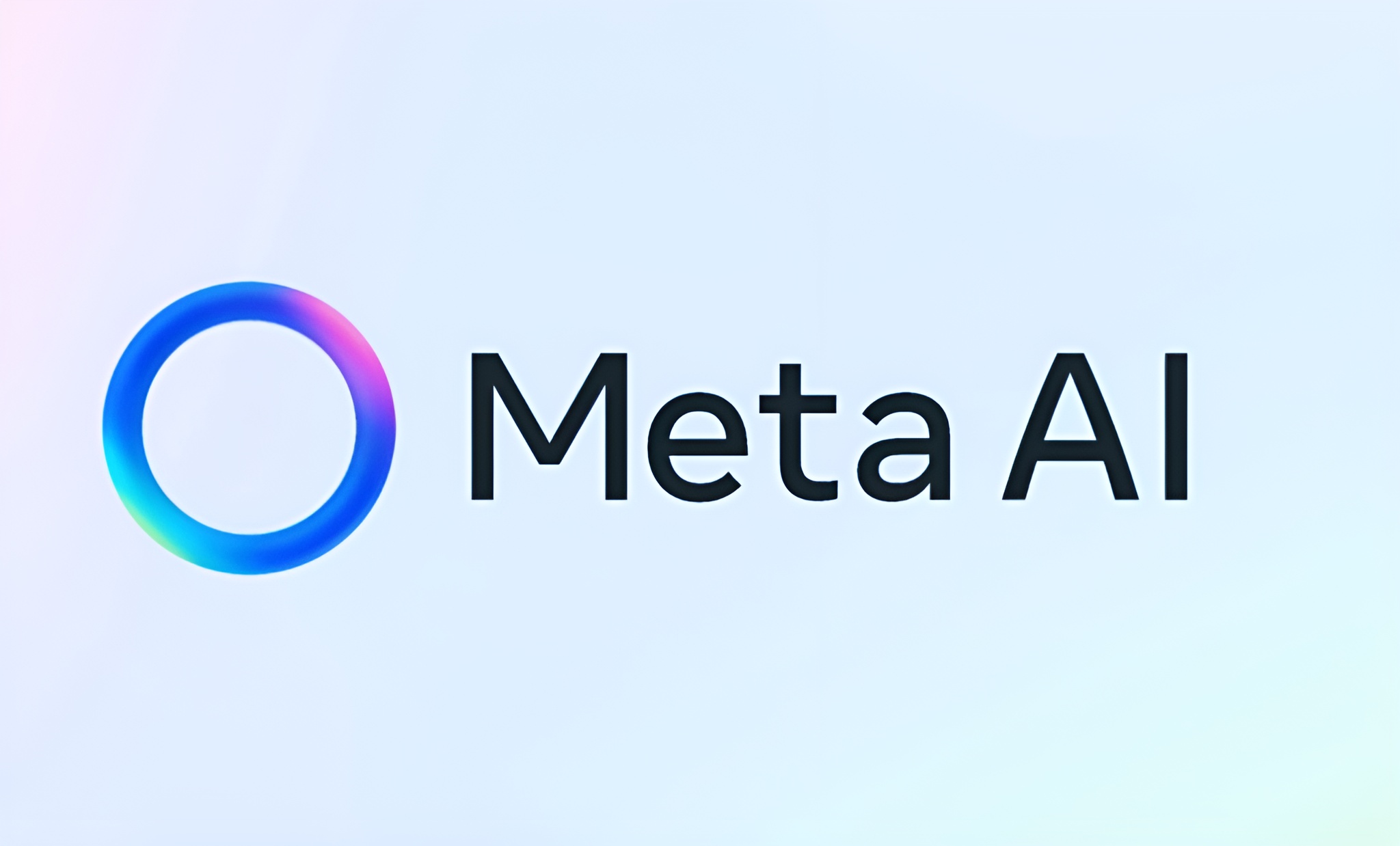Video gaming has become one of Europe’s most prominent entertainment industries, surpassing a niche hobby, with over half the population regularly engaging in it.
As the sector grows, the EU lawmakers are increasingly worried about addictive game design and manipulative features that push players to spend more time and money online.
Much of the concern focuses on loot boxes, where players pay for random digital rewards that resemble gambling mechanics. Studies and parliamentary reports warn that children may be particularly vulnerable, with some lawmakers calling for outright bans on paid loot boxes and premium in-game currencies.
The European Commission is examining how far design choices contribute to digital addiction and whether games are exploiting behavioural weaknesses rather than offering fair entertainment.
Officials say the risk is higher for minors, who may not fully understand how engagement-driven systems are engineered.
The upcoming Digital Fairness Act aims to strengthen consumer protection across online services, rather than leaving families to navigate the risks alone. However, as negotiations continue, the debate over how tightly gaming should be regulated is only just beginning.
Would you like to learn more about AI, tech and digital diplomacy? If so, ask our Diplo chatbot!










